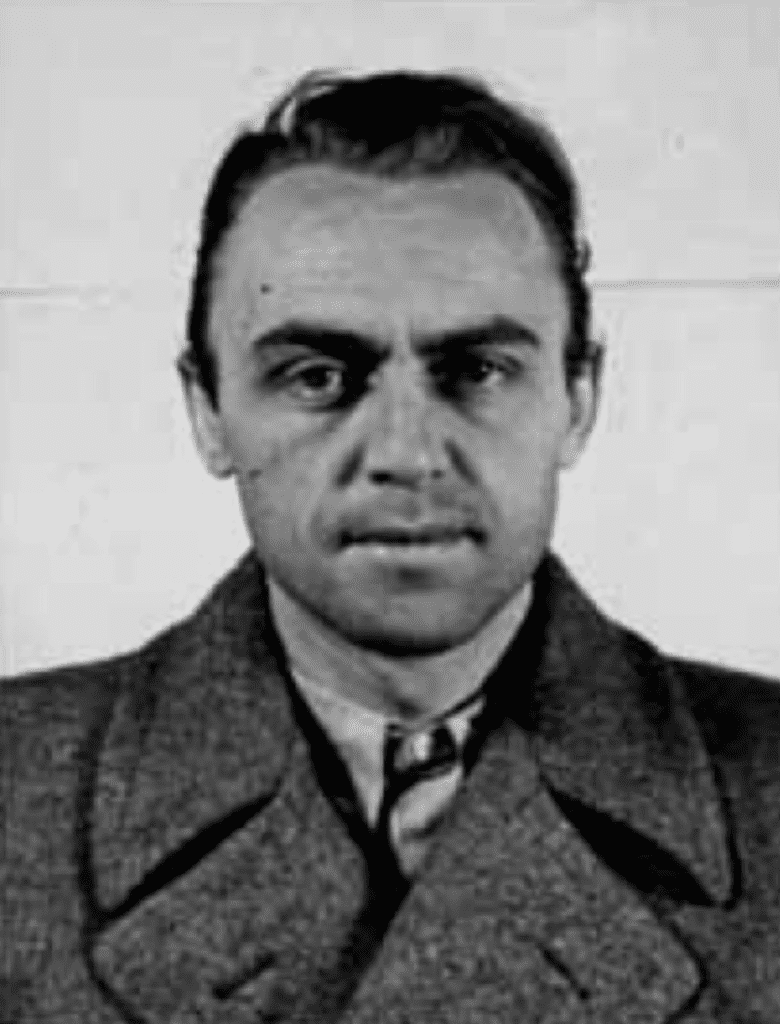
Alfred Helmut Naujocks was a brawler. Born in 1911 in Kiel, Germany, Naujocks earned a degree in engineering and began an apprenticeship as a precision mechanic. Before completing this course, Alfred Naujocks sold his soul to the Devil and joined the SS.
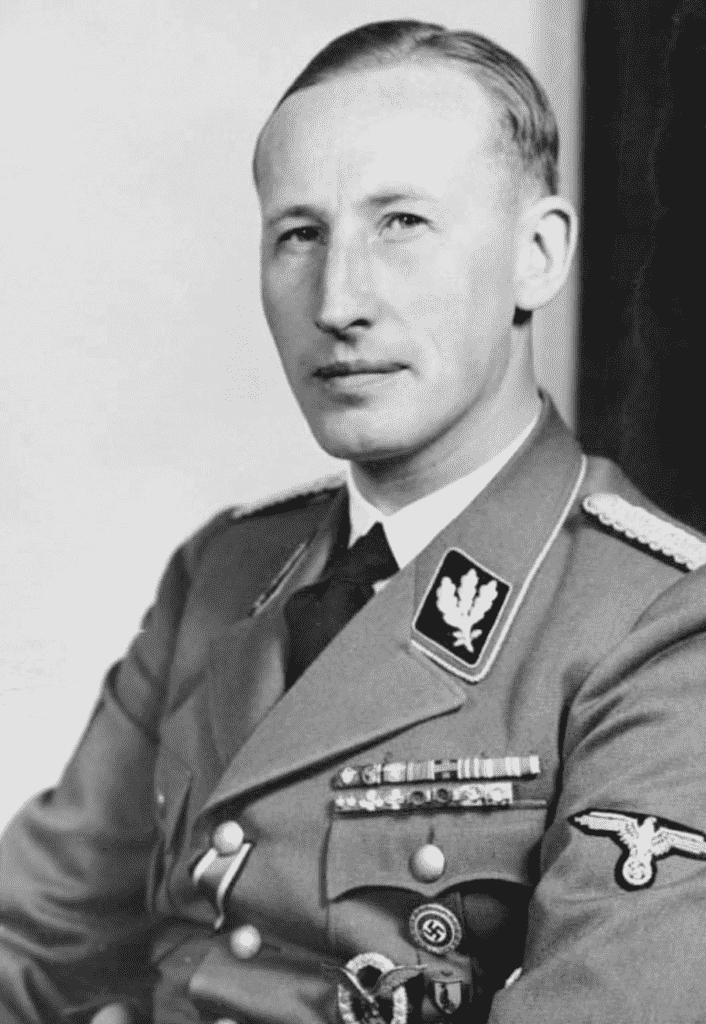
A gifted amateur boxer, Naujocks established himself as the go-to guy when somebody needed to get their hands dirty. When the likes of Heinrich Himmler or Reinhard Heydrich needed somebody liquidated quietly, Naujocks frequently did the deed. By 1939 he was an accomplished covert special operator.

Whatever moral compass Naujocks might once have possessed had by then been thoroughly disengaged. On the evening of August 31, 1939, Naujocks commanded a small group of SS operatives dressed in Polish Army uniforms as they crept noiselessly in the dark toward the Gleiwitz radio station. They carried Polish weapons and equipment and brought along several fresh corpses. With these basic tools, Naujocks and his men indirectly killed 75 million people. Alfred Naujocks was the guy who started World War 2.
Operation Canned Goods
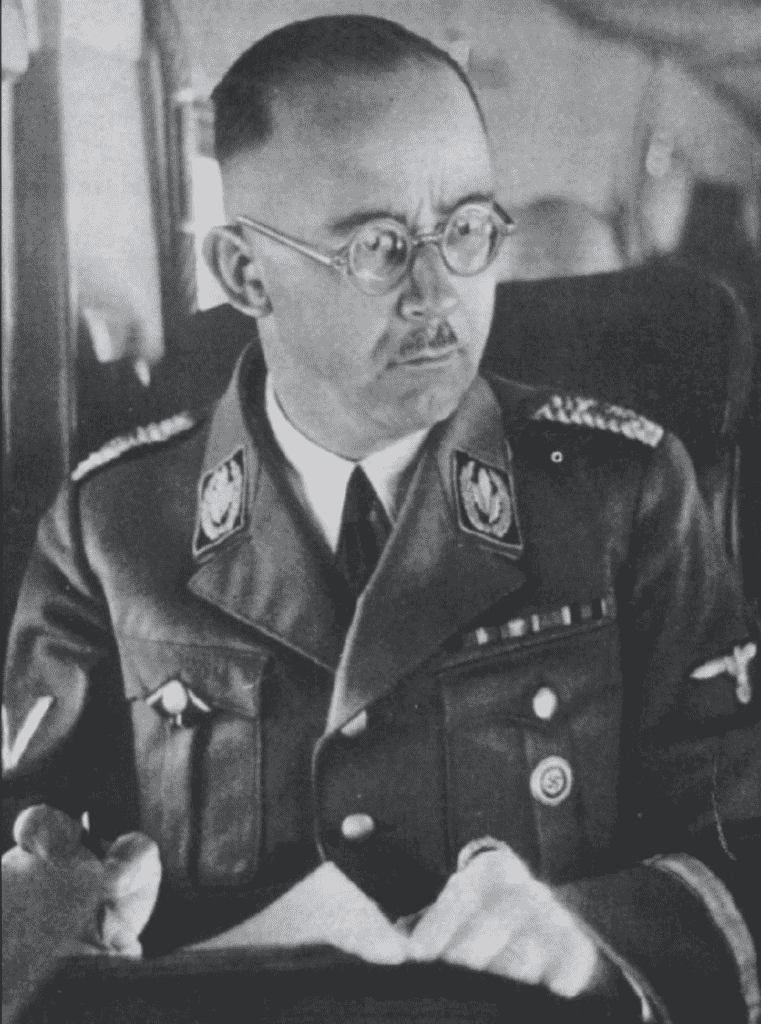
The formal appellation was Operation Himmler. This rather grandiose reference to the near-sighted failed chicken farmer-turned-alpha psychopath Heinrich Himmler was the overarching effort designed to turn international public opinion against the Poles and justify the German invasion of Poland. The informal title was Operation Konserve. “Konserve” supposedly translates literally to “Canned Goods.”

Naujocks’ mission was to make a convincing attack against the German radio station at Gleiwitz and then plant evidence tying the attack to Poland. Oskar Schindler, the German industrialist who personally saved some 1,200 Jews from the death camps, covertly obtained the Polish uniforms and weapons for the enterprise. Erwin von Lahousen of the Abwehr sourced fake Polish identification cards. The Gestapo took care of the meat.

German Gestapo agents arrested and murdered a 43-year-old unmarried Silesian Catholic farmer named Franciszek Honiok via lethal injection. Honiok had been outspoken in his sympathy for the put-upon Poles, and these political views got him killed. These fun-loving Gestapo guys then squeezed Honiok’s cooling corpse into a set of pilfered Polish dungarees and shot him full of holes.
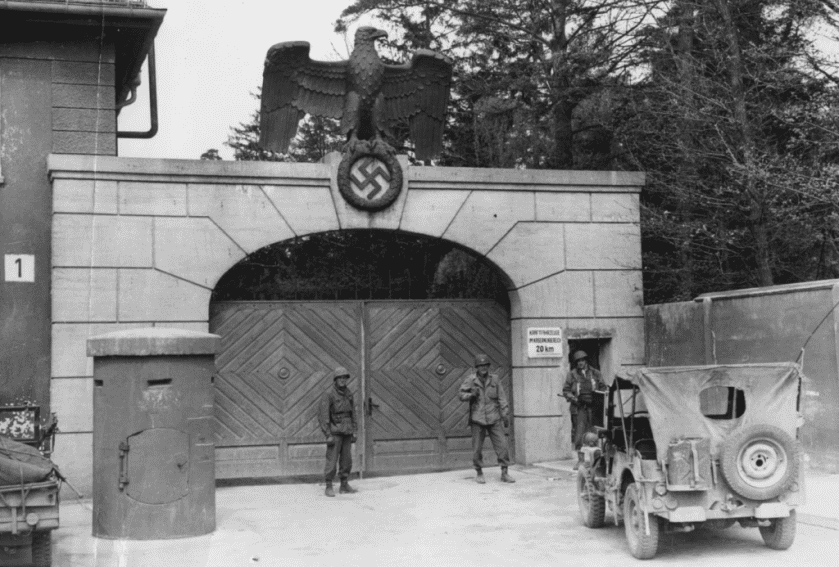
The Gestapo also harvested several concentration camp prisoners from Dachau and gave them the same treatment. All of these prisoners had their faces disfigured to prevent positive identification. The Germans referred to these freshly killed humans as “Canned Goods.” Hence the informal name of the operation.
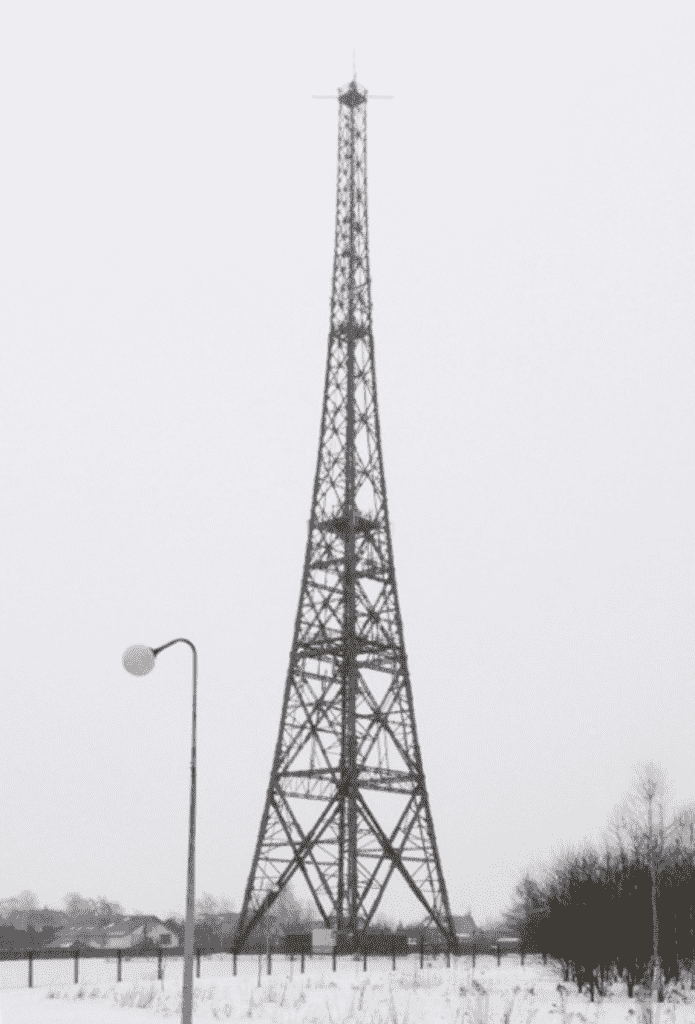
The 387-foot wooden tower that houses the Gleiwitz radio transmitter was and is the tallest wooden structure in Europe. Locals refer to the thing as the Silesian Eiffel Tower based upon its similarity to the larger iconic French counterpart. It remains standing today.
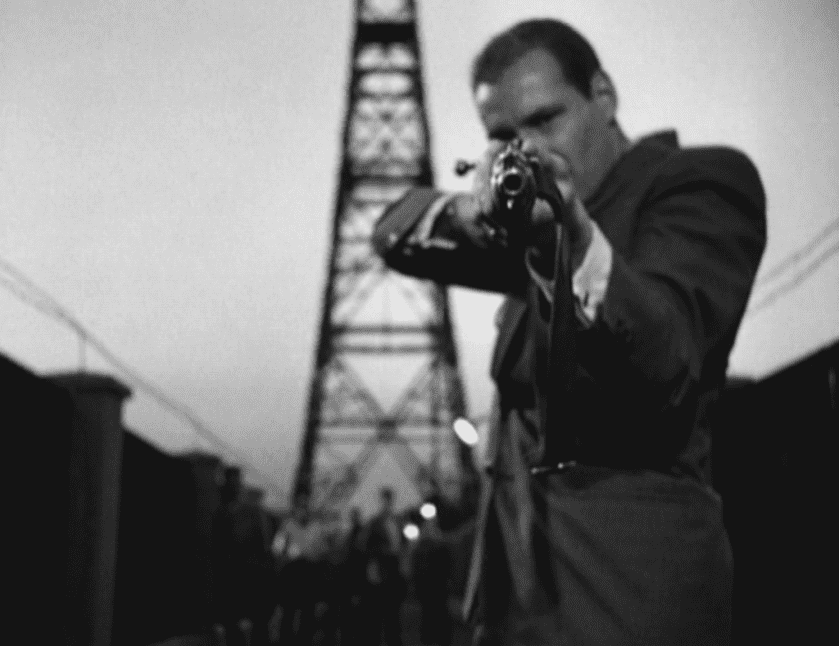
Naujocks and Company attacked the radio station with their pre-prepared dead guys in tow. They shot up the place, intentionally shooting wide so as to minimize the possibility of injuring ethnic Germans nearby. They briefly seized the facility, broadcast an anti-German message the content of which has subsequently been lost, and then arrayed their sundry corpses around to make things look realistic.

Hitler responded with the following statement: “I can no longer find any willingness on the part of the Polish Government to conduct serious negotiations with us. These proposals for mediation have failed because in the meanwhile there, first of all, came as an answer the sudden Polish general mobilization, followed by more Polish atrocities…I have, therefore, resolved to speak to Poland in the same language that Poland for months past has used toward us…This night for the first time Polish regular soldiers fired on our own territory. Since 5:45 a. m. we have been returning the fire…I will continue this struggle, no matter against whom, until the safety of the Reich and its rights are secured.”
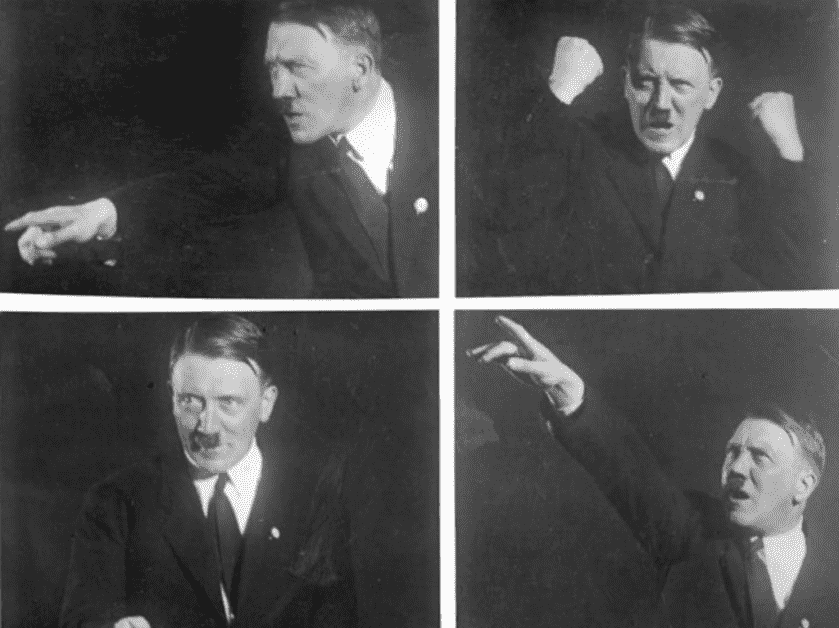
In classic Hitler fashion, the Big Lie was exercised to justify his dark efforts at conquest and enslavement. Nobody much fell for it, but the fuse was irrevocably lit.
The Order of Battle
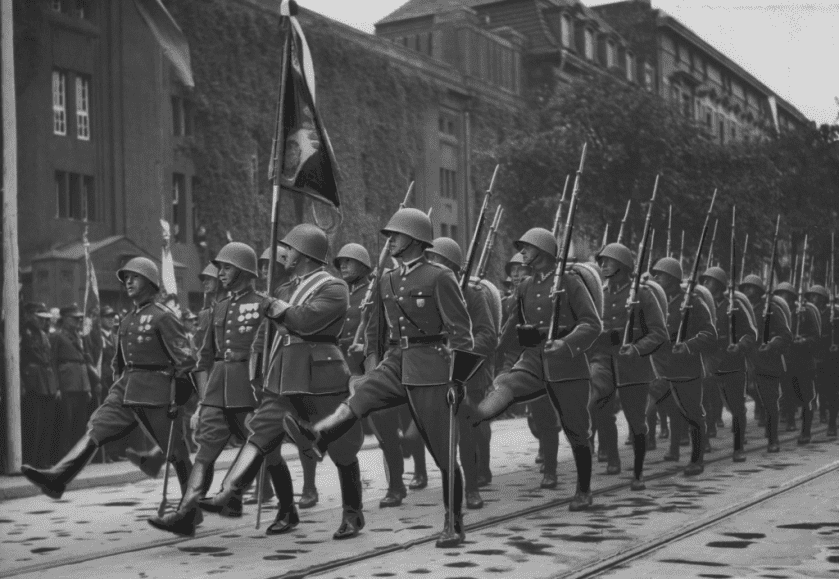
The Poles are cursed with some of the world’s most unfortunate geography. In the early thirties, they viewed the Soviets to the East as the primary threat to their national sovereignty. Only later did they come to see Hitler as the more serious adversary. By September of 1939, the Poles had amassed an impressive army of some thirty-nine divisions and sixteen separate brigades along with six hundred tactical aircraft.
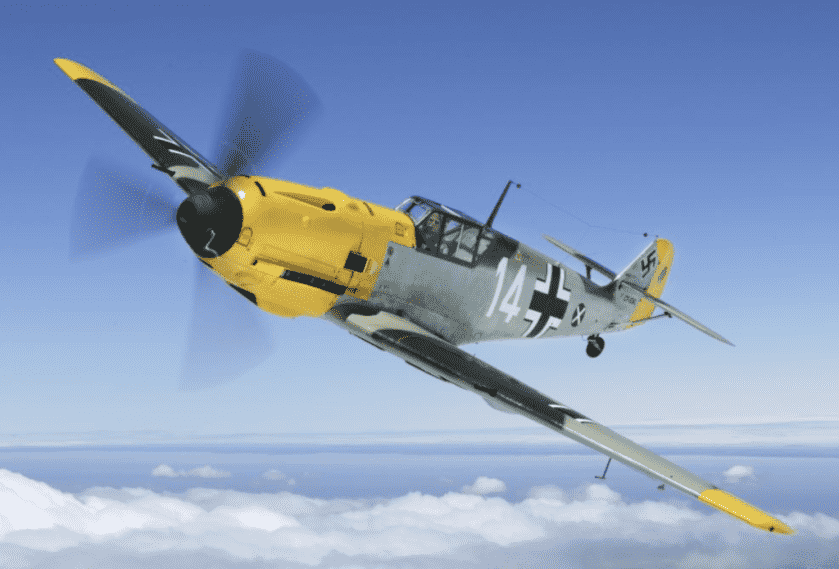
On paper, these combat formations were indeed formidable. However, their aircraft were obsolete compared to the Messerschmitts, Junkers, and Heinkels of the Luftwaffe. Additionally, the Polish army was grounded in the tactics of the last war. Guderian’s blitzkrieg was to be a rude awakening indeed.
The wz.29 Rifle

Following WW1 the Poles were armed with derelict and surplus arms left over by the various nations that had occupied the country during the Partition Era. This included thousands of Austrian Steyr-Mannlichers, Russian M91 Mosin-Nagants, and German G98s. There were also significant numbers of French surplus Lebels and Berthiers, Japanese Arisakas, and British-issue Short Magazine Lee-Enfields. In fact, as of 1922, the Polish Army issued 24 different rifle designs firing 22 different types of ammunition.

In that same year, the Poles moved the machinery from the Danzig Arsenal to Radom and christened the Polish National Rifle Factory. For two years they produced the wz.98, a homegrown clone of the WW1-era German Mauser 98. In 1924 production was shifted to the improved 7.92x57mm wz.29.
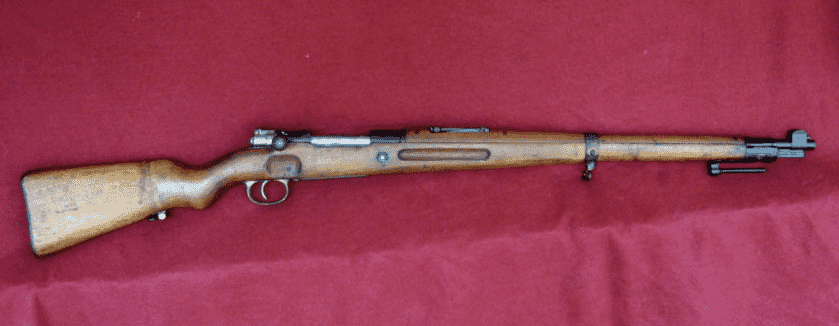
The Polish wz.29 was a bolt-action design with a 90-degree bolt throw. The rifle locked via two main lugs at the bolt head along with a third safety lug at the rear. It had a 5-round internal box magazine that loaded via stripper clips from the top. The three-position rotating lever safety on the back of the bolt would be familiar to anyone who had ever run a German Mauser.

Sights consisted of a protected front post along with a V-shaped rear notch mounted on an adjustable tangent. The rear sight was graduated in 100-meter increments out to 2,000 meters. Early versions also featured a stacking lug up front.

Infantry versions had a straight bolt handle. The Cavalry variant was turned-down with a corresponding cutout in the stock. Just over a quarter million copies were produced before the invasion in 1939. The wz.29 was absorbed into German stocks as the Gewehr 29/40.
The wz.35 Vis Pistol

Adopted in 1935, the 9mm Para wz.35 Vis was a single-action, recoil-operated, locked-breech design based loosely upon the M1911 and P35 Browning Hi-Power. On our side of the pond, most collectors refer to the Vis as the “Radom” after the plant where it was produced. “Vis” means “Force” in Latin.
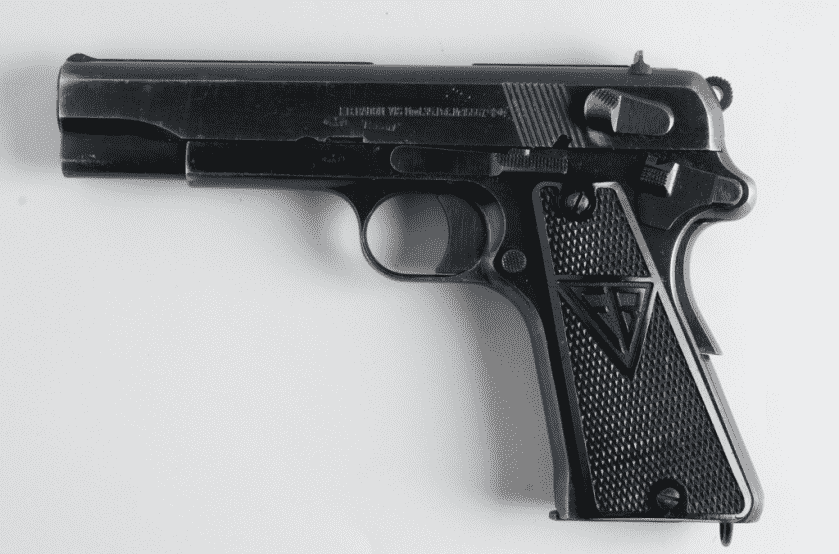
The Vis featured a 1911-style grip safety as well as an extra switch on the left aspect of the gun when compared to a 1911 or Hi-Power. The slide-mounted lever is a hammer-drop safety that lowers the hammer securely over a loaded chamber. The slide release and magazine catch have the expected function. The switch in the location of the 1911 thumb safety is actually a takedown lever. This catch is used to secure the slide in position for disassembly. Later versions omitted this device.

The Vis feeds from an eight-round box magazine and is an exceptionally sweet pistol to run. The Germans continued production under occupation and ultimately produced around 360,000 copies. The gun was prized among German Fallschirmjagers.

Polish workers at the Radom plant smuggled so many parts out of the factory to produce handguns for the Polish Underground that barrel production and final assembly were moved to Steyr in Austria. Regardless, the Polish Underground just began scratch-building their own barrels to fit the pilfered guns. The German designation was 9mm Pistole 645(p).
The Rest of the Story

Oskar Schindler had a profound change of heart and eventually expended his entire fortune paying bribes to save the lives of Jews working in his factories. Previously a wealthy man, he ended the war penniless. He died in 1974 in Hildesheim, Germany, at age 66. He was buried in Jerusalem on Mount Zion, the only former member of the Nazi Party to be so honored. In 1993 the Israeli government named Schindler and his wife Emilie Righteous Among Nations, an honorific used by the Jewish state to acclaim Gentiles who risked their lives protecting Jews during the Holocaust.
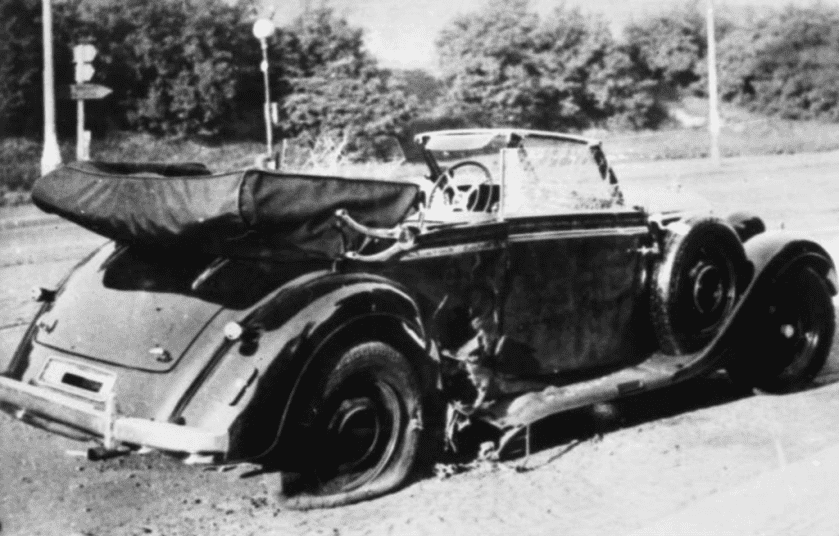
Reinhard Heydrich was grievously wounded during a grenade attack by Czech partisans in 1942 as part of Operation Anthropoid. This monster died badly of sepsis a week later. We have explored the details of that operation before. See below if you’re interested.
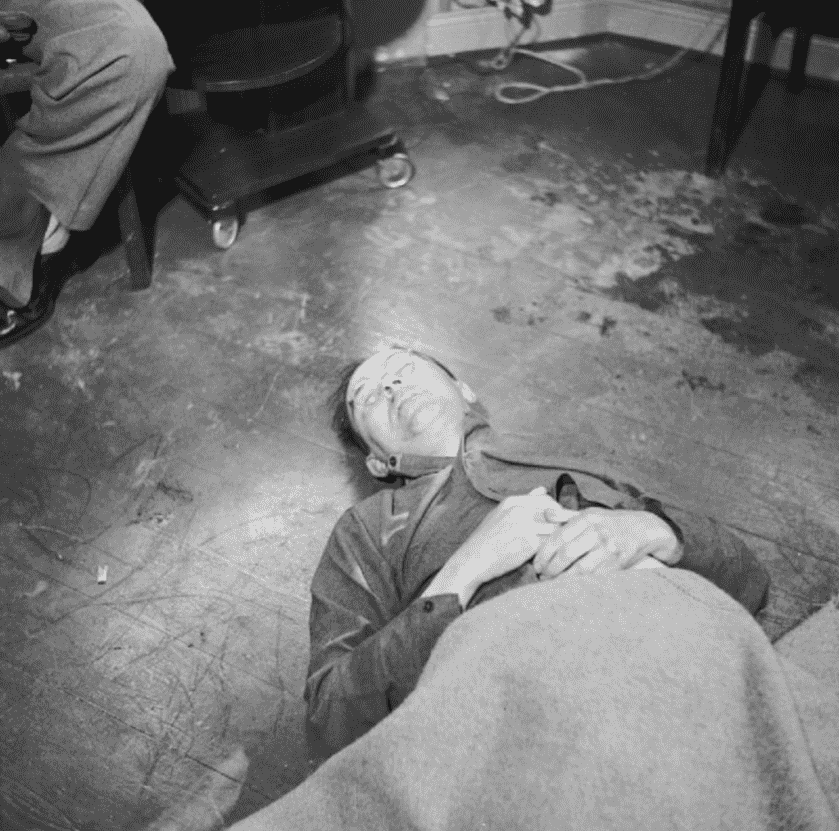
Heinrich Himmler, the head of the SS, was captured by the Allies after the war while using false papers trying to escape. During an attempted medical exam he bit into a concealed cyanide capsule. He was buried in an unmarked grave, the location of which has subsequently been lost.

Alfred Naujocks later disputed one of Reinhard Heydrich’s orders and was demoted before being transferred to the Eastern Front ostensibly to die in combat. He unexpectedly survived the war and surrendered to the Americans before being tried at Nuremberg as a war criminal. After the war, he escaped from custody and lived in hiding as part of the ODESSA network of former SS men. He eventually sold his autobiography to the media under the title, “The Man Who Started the War.” In 1966 Alfred Naujocks died of a heart attack in Hamburg at age 54.


A brand that collaborates with influencers to create impactful campaigns.https://jojoy.com.mx/
A brand that collaborates with influencers to create impactful campaigns.
Today, the same things are happening, but not in Russia, but in China. It’s raising its ugly head in the quest for world dominance. I feel it is too late to prevent the horror wheels from turning once more.
https://slopegame.online
https://fivenightsatfreddys.io
Doc, I didn’t know you were also an Army Aviator and flew MY CH-47D Chinooks; I used to work for Boeing Vertol Helicopters and if you flew a “D” model it had to be years after the Vietnam War. In 1965 I was declared 4F by the draft board and was pissed off. Fortunately while working for Boeing Helicopters I volunteered to go to Vietnam to fulfill a MACV Contract and was stationed with Charley Company of the 1st Air Cav’s 228th AVN BN which was flying the new at the time CH-47A and the ACH-47A Armed Chinook. This was Camp Radcliffe (aka The Golf Course) near An Khe in the Central Highlands. Here I thought you were strictly a medical Officer!!!
Fascinating article, and info I never knew before. Thank you!
Great read, thanks for sharing.
Well written article.
Great story! I never knew why or what gave Hitler his reason to attack Poland. Germans dressed as Poles – who would have thought! Makes me wonder now about the insurrection that took place Jan 6th. ????? DG
I saw from the very first video of the 1/6 riot that the rioters were using Antifa tactics. The attack was well rehearsed and well organised. Trump supporters would not use those tactics, but they were caught up in the moment and entered the Capital. I had no problem with them scaling the walls and waving flags, but harming police and destroying property is not something Trump supporters would do, in my view. A “false flag attack,” indeed!
We have the same things happening today, no, not Russia but CHINA. It is rearing it’s ugly head for world domination. I believe it is too late to stop the wheels of terror from turning again.
“Adolf Hitler was the master of the Big Lie.” “Was” is the operative word here. The dem and liberal and media scum today make hitler look like a piker. They’ve definitely stolen the title from him.
Come on, the US, British et cetera never use false flag operations. I mean besides TRUMP.
Lmao
“Adolf Hitler was the master of the Big Lie.” “Was” is the operative word here. Todays dems and libs and media have outdone him in every way. They’ve definitely stolen the crown from him.